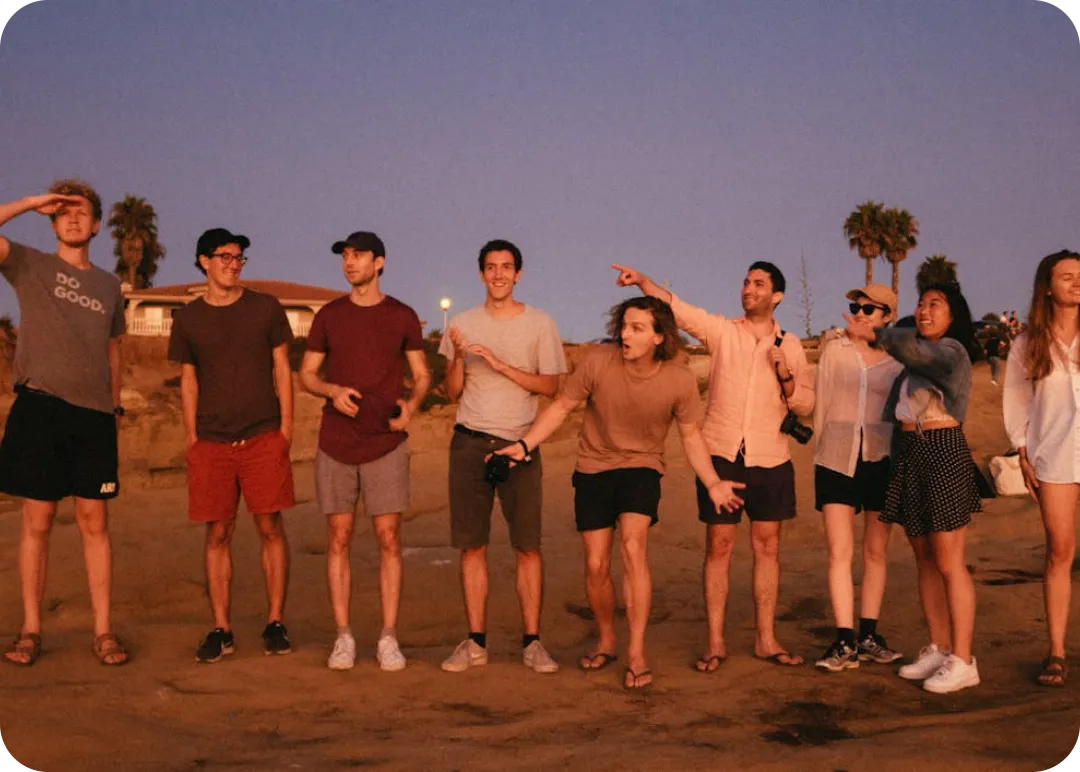Browse their profiles and meet singles who reflect their charm, personality, and energy
Germany is a country where history, innovation, and culture all come together—and yes, there's more to it than just pretzels and Oktoberfest. This page highlights some of Germany's most celebrated personalities, the kind that make you say, "Oh, I know them!" and feel a little inspired at the same time. Here, you'll meet Heidi Klum, the supermodel and TV personality who brings German charm to every runway and reality show; Michael Fassbender, the critically acclaimed actor with both German and Irish roots who's lit up Hollywood; Dirk Nowitzki, the legendary NBA player who made basketball fans everywhere fall in love with his smooth jump shot; Rammstein, the world‑famous rock band known for their fire (literally) and intensity; and Claudia Schiffer, the timeless fashion icon who helped define the supermodel era.
Each celebrity profile gives you a closer look at the human side of fame. You'll find biographies, birthdays and zodiac signs, family stories, memorable quotes, career highlights, and awards. Learn how Dirk Nowitzki went from Würzburg to the NBA Hall of Fame, how Rammstein's music took over global stadiums, and how Heidi Klum became a household name. Our Germany celebrity list is a casual stroll through talent, success, and the stories that make Germany shine on the world stage.
Browsing these profiles is like grabbing a coffee in Berlin and people‑watching—you never know whose story will stick with you, but it's always interesting.

Ever wondered what it'd be like to meet someone with Heidi Klum's charisma, Dirk Nowitzki's friendly energy, or the boldness of a Rammstein frontman (minus the pyrotechnics at home)? On Higo, our "Germany lookalike singles" section makes that fun and surprisingly real. These members channel the personality, confidence, or creative spark of Germany's biggest icons, so connecting with them feels natural and exciting.
Our singles come from Berlin, Munich, Hamburg, Cologne, and German communities all over the world. Each profile goes beyond looks, sharing lifestyle, passions, and personality so you can find someone who's into the same things you are—whether that's football, travel, or just relaxing at a cozy café on a Sunday morning. It's all about easy, genuine conversation that could lead to something more.
Connecting with Germany lookalike singles feels like a casual chat in a beer garden: low‑pressure, fun, and full of those little "click" moments. A shared joke or mutual interest can turn a quick hello into a story you'll want to keep writing together.

Higo Local Meet Global is where admiration for cultural icons meets everyday human connection. Our platform is available in Germany and is growing in popularity across cities big and small. We focus on creating a safe, private, and culturally respectful space, following both international and EU privacy standards, so you can connect without worry.
Here's how Higo works: first, explore our Germany celebrity list to enjoy the life stories, milestones, and fun facts about the country's biggest stars. Then, browse real singles whose vibe or lifestyle reminds you of the icons you admire. With photo verification, interest‑based filters, and personality‑driven matching, Higo makes it easy to go from "I like their profile" to "We should totally grab a coffee."
By celebrating German culture in a relaxed and friendly way, Higo turns curiosity into conversation and conversation into connection. A simple chat, a shared laugh, and maybe a spontaneous adventure could be the start of something memorable.